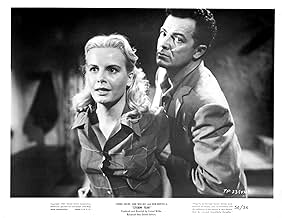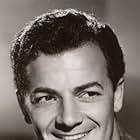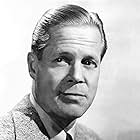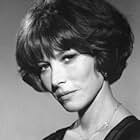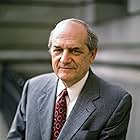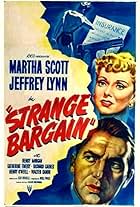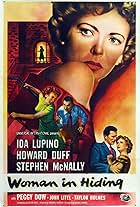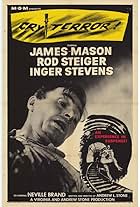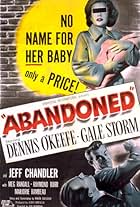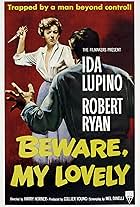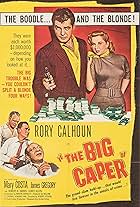Another of the 'home invasion' dramas so popular at the time, except with a twist. Here the fleeing criminals (bank robbers) invade the secluded mountain home of one (Wilde) of the robbers' old sweeties (Wallace) now married to a failed writer (Duryea) with an adolescent son (Stollery). Naturally, in these cramped quarters with a blizzard outside, emotions bubble over, especially with the consumptive, jealous Duryea, plus the unstable gunman Steven Hill.
These are promising elements but the drama really fails to gel, because Wilde is too nice to project real menace, while the real menace, Hill, is never given the kind of emotional close- ups that would establish his danger. Instead, he just sort of prowls around in the background. Actually, the movie's mainly about the burgeoning Wilde-Stollery relationship, where you have to read between the lines about the actual source of the dog collar. Then too, it's Stollery stealing the movie in a poignantly shaded performance, while Wilde unwisely spends too much time showing off his manly chest.
The second half moves to the great outdoors, where the gang tries to escape the approaching cops by fleeing over the snowy mountains. Here we get some suspense as the figures are reduced to little dots on a great white landscape. Now they're struggling not only with each other, but with an overwhelming nature. This part plays out in fairly effective fashion, though I never did figure out what exactly the errant snowplow was doing on an anonymous mountainside.
All in all, it's an uneven, sometimes awkwardly filmed movie, whose chief virtue may be what it doesn't tell the audience about the relationships instead of what it does. And kudos to producer Wilde for giving the blacklisted Lee Grant a minor part as the gang's moll, at a time when the best this fine actress could get is TV walk-ons. My guess is Wilde took on too much for a first-time filmmaker (director-producer-star) and would have been advised to hire an accomplished director. But then this was a low-budget effort, (the interiors were filmed in a TV studio!). Wilde's real filmmaking talent would show up later in the acclaimed Naked Prey (1966), so I guess this was something of a learning experience.






